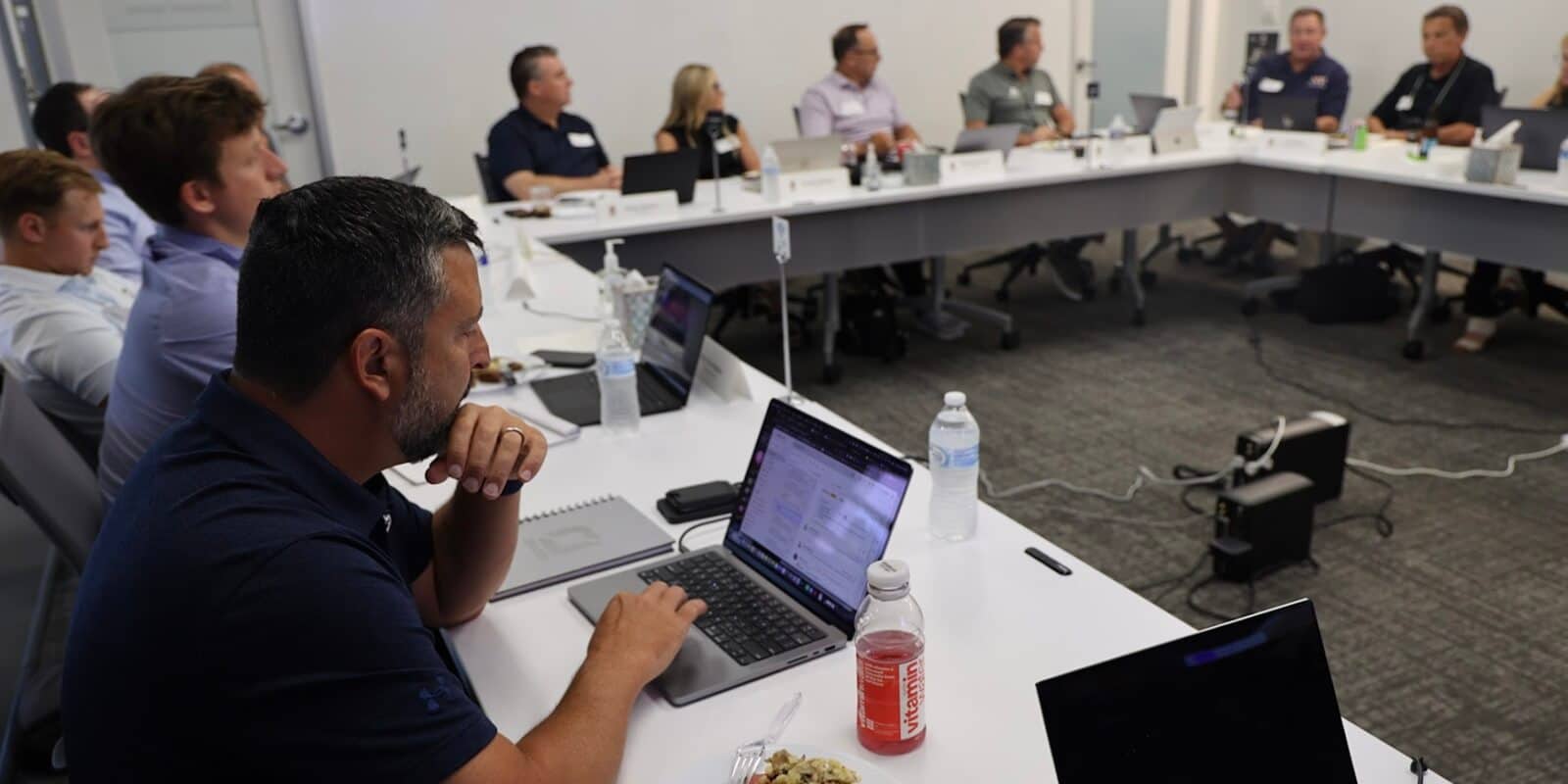Artificial intelligence holds the power to redefine how organizations create value, optimize operations, and stay competitive in their respective industries. Yet many enterprises struggle to achieve meaningful progress, not because the technology falls short, but because accountability is spread too thin.
When responsibility for AI readiness and execution is divided across multiple teams, projects stall, priorities conflict, and momentum fades. To build durable outcomes, organizations need sponsorship that is both clear and authoritative.
Why Sponsorship Determines AI Readiness
In the context of AI programs, sponsorship means more than casual support; it involves an executive champion who has direct authority over budgets, the ability to make final decisions, and accountability for governance.
That person sets direction, allocates resources, and communicates priorities in ways that cut through competing agendas. Without this central figure, organizations tend to find themselves in repeated cycles of debate and delay.

Studies of organizational execution reveal that clarity on decision-making rights accelerates progress and enhances performance. When no one is ultimately accountable, projects are forced into endless rounds of compromise that sap time and energy.
Strong sponsorship also connects directly to dimensions of readiness that go beyond technology. A leader who champions AI adoption is positioned to drive literacy initiatives, set expectations for governance, and shape cultural alignment.
Within Orases’ ASCEND framework, these areas form the backbone of readiness: literacy builds competence across the workforce, governance provides the guardrails for responsible adoption, and cultural alignment makes adoption sustainable. Sponsorship ties these threads together, transforming scattered efforts into a cohesive program.
The Risks Of Diffused Sponsorship
AI initiatives without clear ownership rarely stall because of technical limitations; they falter because of organizational design. When sponsorship is diffused across teams, predictable risks emerge that undermine both pace and confidence.
Decision Paralysis
Multiple stakeholders each bring valid perspectives on vendors, budgets, and frameworks, yet progress slows when consensus is required at every stage. Weeks can be lost comparing MLOps tools or debating data platforms, even when the differences are marginal.
In contrast, a single sponsor with authority to set criteria and make the call can move decisions forward within days. The contrast between collective debate and decisive direction is often the difference between pilot projects that never scale and enterprise initiatives that deliver results.
Misaligned Priorities
Each department tends to frame AI success differently. IT leaders may focus on system stability and cost efficiency, while operations leaders want throughput improvements, and business units push for growth metrics.
Without a central sponsor, those metrics compete rather than complement. Projects drift because no one aligns the disparate goals with an enterprise strategy. Instead of producing measurable returns, the work risks fragmenting into disconnected pilots that satisfy no one.
Accountability Gaps
Another risk is that no single team feels ownership for outcomes. Governance frameworks emphasize that organizations need designated actors who are accountable for oversight, lifecycle management, and compliance.
Spreading out responsibilities can lead to gaps, late detection of failures, inconsistent compliance checks, and a lack of direction in optimization efforts. True accountability requires more than shared responsibility; it requires a single point of ownership.
Erosion Of Executive Confidence
Boards and C-level leaders want to see progress that is measurable and reliable. When updates are inconsistent and outcomes unpredictable, confidence wanes. AI initiatives shift from being viewed as strategic to being treated as experiments.
The difference is not subtle; once AI loses its place on the executive agenda, funding and momentum quickly follow. Clear sponsorship is one of the few reliable ways to maintain confidence at the highest levels.
What Strong Sponsorship Looks Like

Executive Champion With Budget Authority
Strong sponsorship begins with a leader who sits at the C-level or reports directly there. That individual controls budgets, owns outcomes, and connects projects with the broader enterprise strategy.
The role is not symbolic; sponsors must align use cases with measurable ROI, set expectations, and communicate progress. Research on project performance consistently finds that active executive sponsorship is one of the strongest predictors of success.
Cross-Functional Support, Not Shared Ownership
AI requires technical expertise, business alignment, and regulatory awareness. IT, data science, compliance, and operational leaders all have valuable input, but collaboration is not the same as ownership.
A strong sponsor invites contributions and integrates them into decisions while maintaining clear authority. Collaboration works best when decision rights are defined; diffusion, by contrast, leaves no one accountable.
Governance & Risk Oversight
Strong sponsors enforce governance guardrails that keep AI adoption responsible and aligned with standards.
The NIST AI Risk Management Framework and ISO/IEC 42001 both stress that organizations must establish clear accountability across the complete AI lifecycle, from managing compliance to making ongoing improvements.
A single sponsor who enforces these requirements prevents risks from being overlooked and avoids gaps that diffuse ownership often creates.
Alignment With Culture & Change Management
Ultimately, sponsorship is closely tied to culture and adoption, with research showing that workforce learning and cultural alignment are essential to realizing AI’s value. A sponsor who invests in literacy programs, communicates thoughtfully, and aligns incentives helps employees see AI as an asset rather than a threat.
Values such as thoughtful communication, rising to the occasion during change, and creating measurable value for clients become practical levers for adoption. When sponsorship reflects and reinforces these values, AI readiness becomes more than a strategy on paper; it becomes part of how the organization works every day.
How Enterprises Can Correct Diffused Sponsorship

Once gaps are mapped, organizations can appoint a single executive sponsor at the right level of authority, supported by a steering group of IT, data science, compliance, and operational leaders. The sponsor directs strategy and controls the budget, while the group provides expertise and input without diluting ownership, striking a balance between collaboration and accountability.
To implement these changes effectively, enterprises can rely on structured tools that reinforce sponsorship and governance. Orases’ Data Strategy Workshop creates alignment by helping stakeholders clarify goals, assess data maturity, and establish clear decision-making structures, while the ASCEND framework extends that alignment by linking sponsorship with literacy, governance, and integration across the AI lifecycle.
Together, these approaches provide enterprises with a path to transition from scattered accountability to a model where sponsorship offers clarity, speed, and measurable outcomes.





